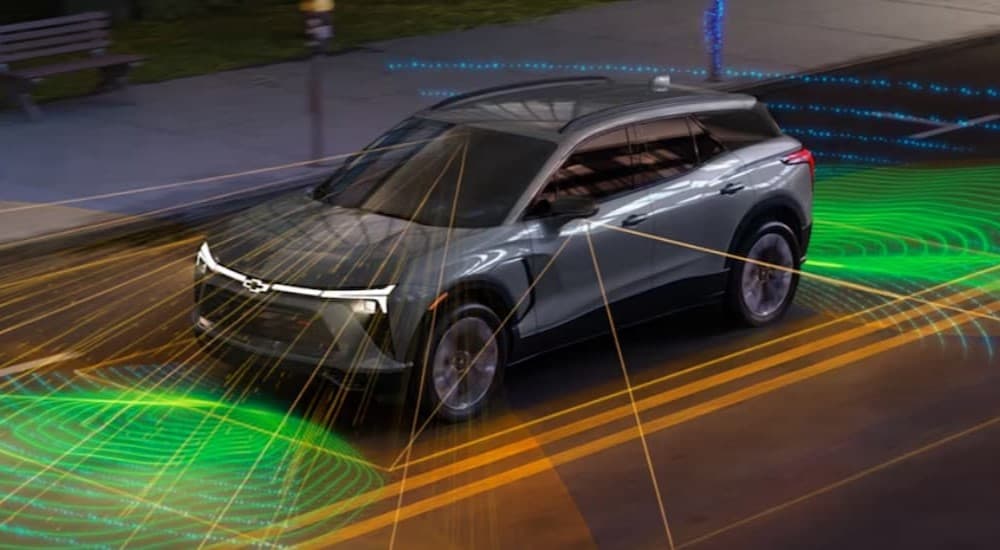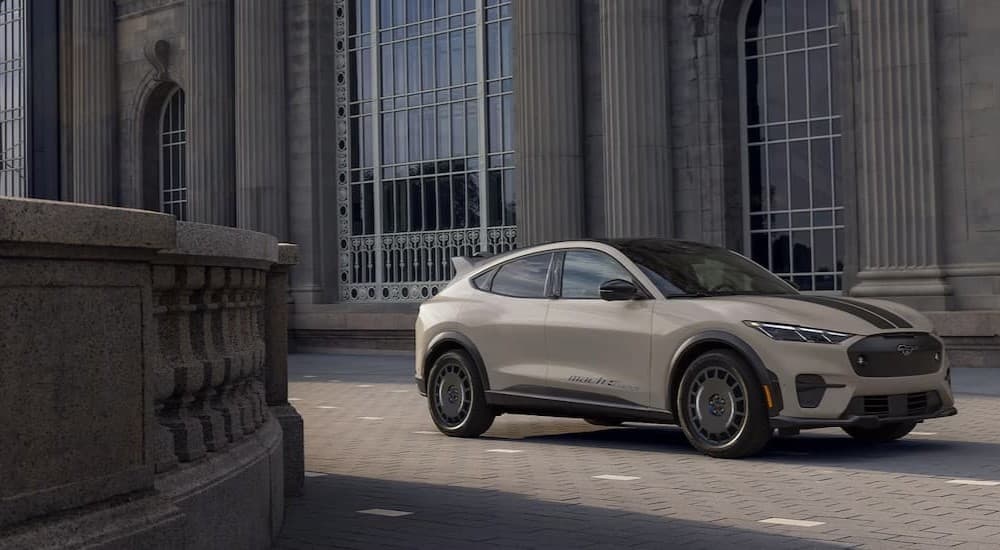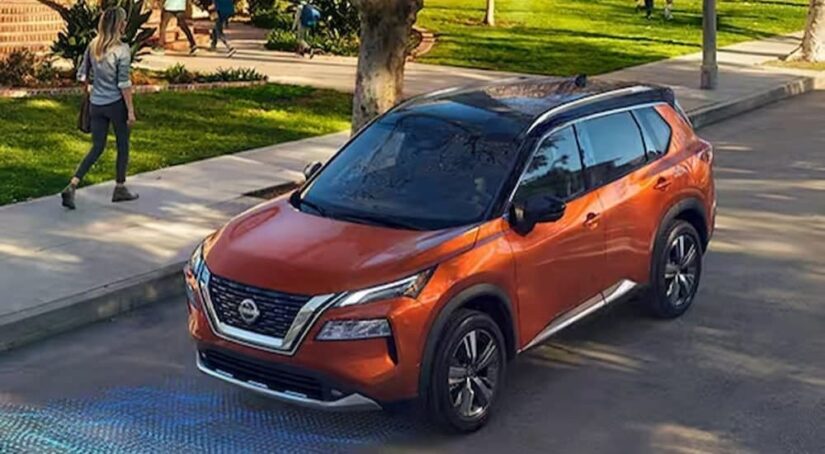The subscription model is all the rage among businesses these days, and it’s carried over into the automotive world. Charging monthly or annual subscriptions is a clear victory for automakers, as they receive a regular stream of income for certain goodies. Under the right circumstances, the model can also be beneficial for drivers. They only pay for certain services when they need them, such as on-board navigation for a road trip. Subscriptions also allow for more frequent updates and improvements.
Which of the many subscriptions available for modern vehicles should you invest in? We looked at ten common vehicle service subscriptions to see which ones are worth your time and money, which are generally a waste, and which depend on the circumstances. Use this guide to spend your money smartly after driving a new vehicle away.
Worth It
Some subscription services are well worth the price. The ones we’ve selected here provide enhanced safety, security, and convenience that justify the cost.
Emergency Services
You need someone in your corner if something goes wrong, which is why emergency service subscriptions like GM’s OnStar are so popular. For a monthly or yearly fee, you receive protection features like roadside assistance, stolen vehicle assistance, and immediate safety response if you’re involved in a crash. This peace of mind is worthwhile even if you never use it. Even needing to use the service once basically pays for itself. OnStar is the most famous emergency services product, but many OEM and aftermarket alternatives exist, including Ford Security Package, Coyote, Open Road, and Curbside SOS.
Safety Features and Assisted Driving
On a related note, while admittedly not everybody is a fan of driver assistance technology, those who do want these aids will likely appreciate the subscription-based model. Many different features are available, including blind-spot monitoring, adaptive cruise control, and collision alerts, which studies show generally improve safety. The biggest advantage of a subscription is that drivers can choose whether to pay for the services they want rather than having unwanted services forced upon them. It’s especially valuable if the subscription includes over-the-air updates for continuous improvement.

Connected Navigation
Plenty of people will argue that connected navigation isn’t necessary because you can do everything through your phone with an app like Google Maps, Apple Maps, or Waze. However, we would argue that the benefits often outweigh the costs. With on-board navigation, you don’t use your data plan, you don’t have any extra device cluttering your dash, and you never have to worry about your device battery running out. Meanwhile, rural drivers will typically receive more reliable mapping, with maps stored in on-board memory that don’t require cell service to plan a route when out of range.
Camera Recording
Whether through the OEM vehicle cameras or aftermarket options like Ring and myQ, many companies offer a subscription plan to record and store video from dash cams, rear cameras, etc. The video will be available to review in case of a crash, vandalism, or traffic ticket protest. You can also relive favorite moments from a road trip. Since the video is typically stored in the cloud, you’ll have access to it from anywhere, adding further value.
Not Worth It
While some subscription services are worth every penny, others are not worth the cost of admission. Here are a few features we recommend avoiding.
Convenience Features
Believe it or not, automakers have experimented with this. Before consumer backlash forced a reversal, BMW tried to make features like heated seats and wireless Apple CarPlay and Android Auto subscription-based. From where I’m sitting (please pardon the pun), the anger was justified, as it effectively amounts to paying double for these services. You pay to have the equipment in your car, whether activated or not, and then you have to pay a subscription just to turn it on. Furthermore, unlike software, there’s no real way to improve physical features like heated seats or automatic climate control via the subscription model. Either they work or they don’t, and any issue still has to be repaired at a shop rather than an over-the-air update, eliminating one of the reasons to get a subscription in the first place.
More Horsepower
The increased popularity of EVs has led to this subscription idea, where drivers pay monthly or yearly just to make their vehicles faster. Volkswagen is experimenting with this with the ID.3 range, as is Ford with the Mustang Mach-E, though they also offer it as a one-time fee. If you want more horsepower, buy a vehicle that has more in the first place. With a subscription-based model, you end up paying more for it over the life of the car. Yes, in some cases, you can get a “temporary” boost through a one-month subscription, but what performance enthusiast wants added horsepower to be temporary?
Voice Recognition
The idea behind voice recognition is good. You improve safety by letting people give commands without taking their eyes off the road or their hands off the wheel. However, multiple studies have shown that, if anything, voice-activated tech makes a driver more distracted at the wheel. The combination of inaccurate recognition, glitches, complex system design, and increased mental workload can significantly impair cognitive focus, making it more difficult to use than the knobs and buttons it’s supposed to replace. Now automakers want people to subscribe to these services? Count us out on paying for a service that does more harm than good.
It Depends
Certain subscription features greatly benefit some people and provide no benefit to others. These are the ones where the subscription model makes more sense, since drivers can choose to activate them, or not, depending on how useful the feature is to them.
Hands-Free Driving
Automakers are jumping on the hands-free driving bandwagon with services like GM Super Cruise, Ford BlueCruise, and Tesla Full Self-Driving. It sounds great on the surface, with the various driver assistance features working together to pilot the vehicle on compatible roads. However, if you look at the current coverage maps, you’ll see compatibility is largely limited to interstates and other major highways. A hands-free driving subscription is worthwhile if you do most of your driving on these roads. However, city and rural drivers won’t find enough in-network roads to justify the cost.

Infotainment
Along with long-time subscription-based infotainment options like SiriusXM satellite radio, plenty of automakers are offering connection plans that let you activate infotainment apps. This fee lets you stream music, podcasts, news stations, sports, and more. This is another case where it’s worth the money if it’s a feature you’ll actually use. Many people can get what they need for infotainment just by streaming from their phone via Bluetooth or Android Auto/Apple CarPlay. However, some people prefer controlling everything from the in-vehicle interface, and satellite-based services are useful in more remote areas or if you’re looking for exclusive content.
Wi-Fi Hotspots
Most major automakers now offer an in-car Wi-Fi hotspot on certain models and trim levels. These hotspots require a cellular data subscription, which uses 4G LTE or 5G data to create a wireless network that anyone in the vehicle can use. In more remote areas where getting a data signal can be difficult, the antenna mounted on the vehicle roof can help extend your range. Hotspots are also ideal if you and your passengers have monthly data limits. However, the Wi-Fi hotspot may not be worth the investment if you usually get a signal just fine and have unlimited data.
Choosing the Right Subscriptions for Your Vehicle
The subscription revolution has come to the automotive industry, whether drivers are ready for it or not. From active safety technology and infotainment to scheduling service appointments, performance tuning, and even remote start and unlocking, many services now come with a monthly or yearly price tag. Some people like having access to specific features and only paying for what they use. Others are balking at having to continuously pay for features that were once included in the cost. It seems unlikely that automakers will move away from the subscription model soon. The key is determining when to pay for a service and when to hold onto your cash.



